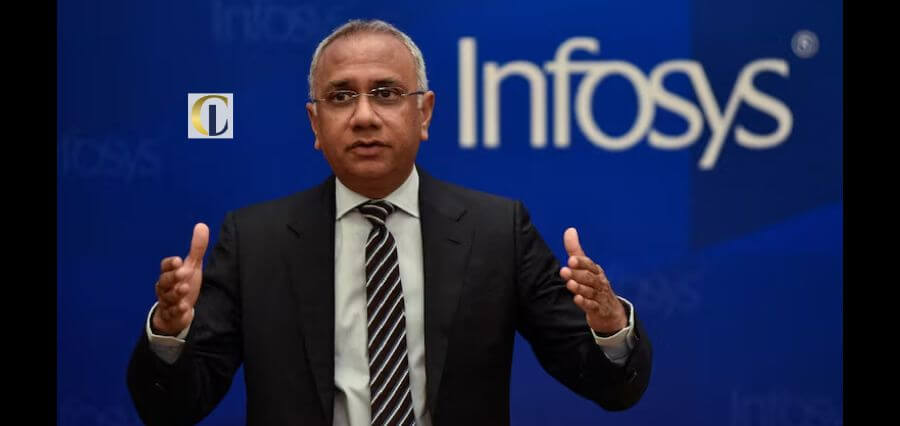The conditions for special economic zone (SEZ) developers in the IT/ITES sector have been loosened by the Union Ministry of Commerce and Industry. These developers now have more freedom to use the built-up area within SEZs for commercial (real estate) reasons. The developers must return any prior tax benefits they received without interest and forgo the benefits correspondingly in order to qualify for the relaxation.
The action was taken in response to the complaint made by these developers, who claimed that because IT units in SEZs frequently employ remote workers, each developer is left with underutilized real estate.
Demarcating a section of the built-up area within a Special Economic Zone (SEZ) unit as a non-processing or non-SEZ area will be allowed on a floor-by-floor basis, per a notification released late on Wednesday.
A 2020 update to the SEZ Act limited the benefits of the 15-year staggered income tax holiday to units founded on or after April 1, 2005, however for many of these units, the benefits have terminated recently. Only the neutralization of domestic indirect taxes, which is also accessible to domestic tariff area units, is available for such units. It’s becoming harder for the developers of Special Economic Zones (SEZs), particularly those that house IT/ITES firms, to make ends meet.
According to industry insiders, vacancies have increased and SEZ apartments have become less appealing to renters after direct tax advantages were eliminated for new units in March 2020. In the top six cities alone, there is around 170 million square feet of ready IT SEZ office space, of which nearly 20% (more than 30 million sq ft) is unoccupied, they continued.
According to office developers, the change will boost occupancies and broaden the tenant base.
By doing this, we will be able to further diversify our tenant base and fulfill the expanding needs of the GCCs and the IT/ITES sector. “These changes will expedite the attainment of increased occupancy rates and augment worth for all involved parties,” stated Alok Aggarwal, CEO of Brookfield India Real Estate Trust.
Experts have stated that although demand from IT businesses has decreased recently, demand from GCCs is more than making up for it.
“Our SEZ occupancy levels are currently around 80%, and this amendment will further elevate the attractiveness of our 20 million square feet premium grade-A SEZ office spaces, positioning Embassy REIT on a trajectory towards achieving pre-COVID occupancy levels,” stated Aravind Maiya, Chief Executive Officer of Embassy REIT.
The move, according to Mindspace Business Parks REIT CEO Ramesh Nair, will enable them to house companies that concentrate on both the local and foreign markets. Significantly, it enhances the allure of our Grade A workspaces and establishes us as the go-to option for companies considering operational consolidation.
The revised standards stipulated that demarcating a non-processing region may be permissible if doing so reduces the processing area to less than half of the overall area. The minimum built-up processing space for cities classified as category A should be 50,000 square meters; for cities classified as category B, it should be 25,000 square meters; and for cities classified as category C, it should be 15,000.
According to Sanjay Dutt, managing director of Tata Realty & Infrastructure, the revision to the IT SEZ policy offers a critical chance for SEZ and non-SEZ firms to live in harmony inside a single campus, promoting a landscape of growth and coalescence.
According to Dutt, “this policy revision revitalizes the competitive edge and allure of strategically positioned SEZs in addition to empowering companies to expand their office spaces.”
According to him, there are currently projects in progress to create approximately 10 million square feet of SEZ space in cities other than the top six, with completion expected in the next two years.
Read More: Click Here








